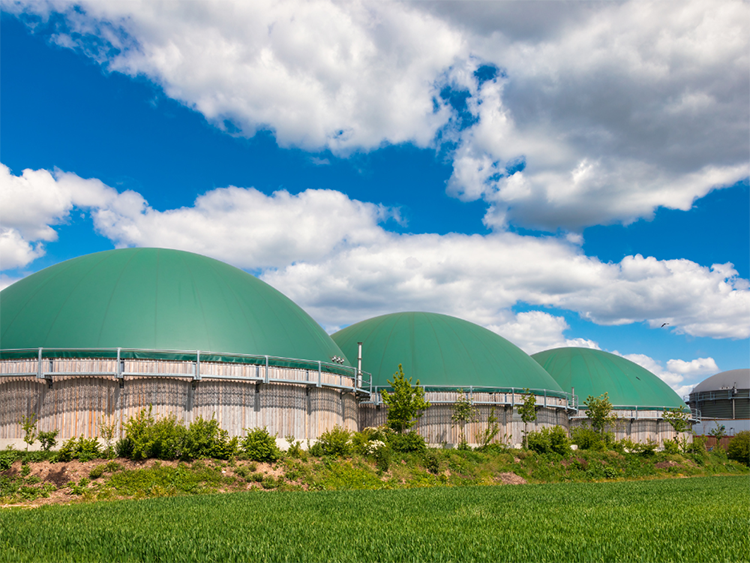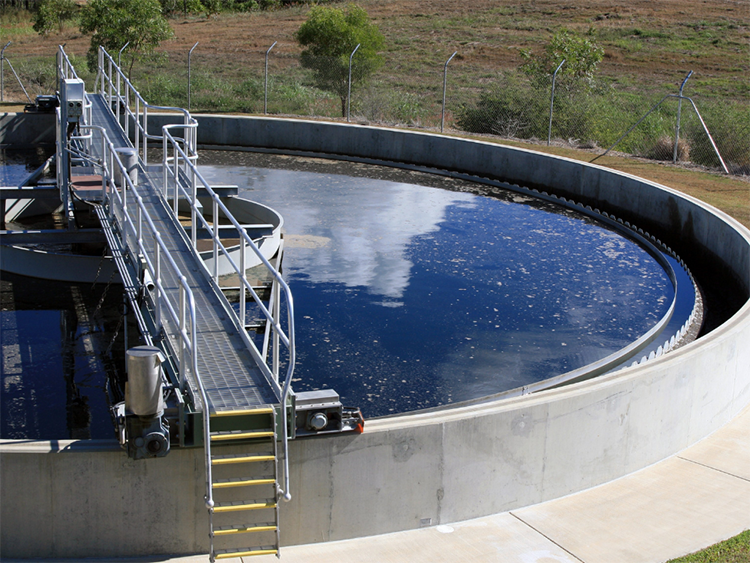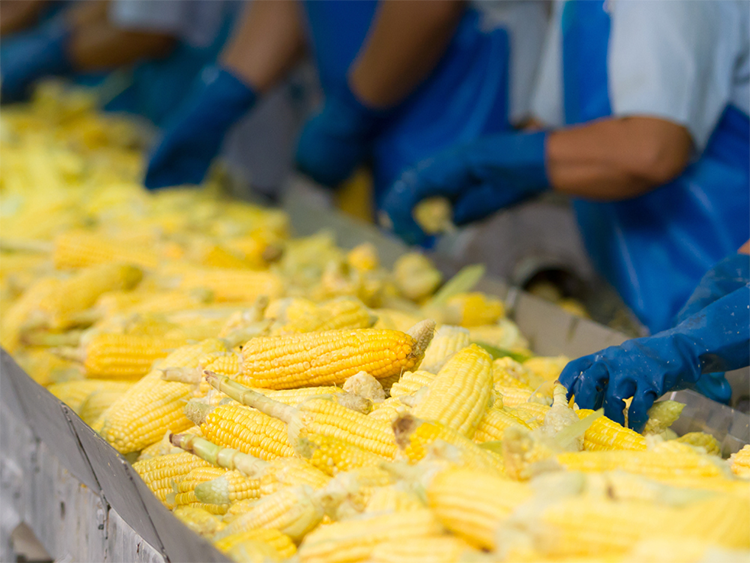This article was originally published on ReFED’s blog on October 12, 2023.
We know that food waste has negative impacts on our environment, our economy, and communities, and reducing food waste has been identified as one of the top solutions to reducing greenhouse gas emissions. But where do we start when it comes to solutions? ReFED considers a number of impact metrics when analyzing food waste solutions – from greenhouse gas reductions to net financial benefit, jobs created, and more. For this blog, we’ll be taking a look at “tons diverted” – how much food is actually kept from going to waste. It’s important to note though, that when determining which solutions to implement, all impact metrics are considered to provide a full picture of the opportunities offered by each solution and the impacts that would result. (We’ve included some additional impact metrics at the end of each solution description.)
Here are the top five food waste solutions that will divert the most food waste from landfills:
1. Centralized Composting

Food Waste Tons Diverted: 16.6M
Despite upstream efforts to prevent food waste from occurring (which are preferred from a greenhouse gas emissions reduction potential), there will always be inedible parts and leftover food scraps. Centralized composting features large-scale composting facilities that process commercial, residential, institutional, and industrial food waste, and are managed either by third-party waste and compost companies or solid waste agencies. The major benefit of composting is the generation of a rich, nutrient dense soil amendment that can be used across the agricultural system. The primary challenge surrounding centralized composting as a food waste solution is the variation of facilities across the nation, if there are facilities at all – while there are over 5,000 composting facilities nationwide, only about 500 currently accept food scraps. Additionally, not all facilities are created equally. Large facilities can process up to 40,000 tons annually, but the national average across all facilities is only 5,000 tons. Serious investment in state-of-the-art equipment and the general expansion of food waste composting facilities across the country would expand the potential of this solution.
Fast Facts:
- Annual Net Financial Benefit: -$281M
- Annual Investment Required: $3.38B
- Annual Emissions Reduction: 8.99M Metric Tons CO2e
- Permanent Jobs Created: 17.1K
2. Centralized Anaerobic Digestion

Food Waste Tons Diverted: 5.58M
Behind centralized composting is another recycling method: anaerobic digestion. This waste management process uses microorganisms to break down organic material at a dedicated central location, typically operated by a dedicated energy generator. In an instance where food waste is digested through this process, liquid byproducts can be used as biofertilizer while some solid byproducts can be composted. Biogas, the primary economic byproduct, consists of roughly 60% methane and can be used to power engines and generators to produce mechanical power, heat, and/or electricity or a combination of these uses. It can also be compressed for vehicle fuel and after treatment can be used in similar applications as natural gas. Currently, few anaerobic digesters are dedicated to processing food scraps, but investments of capital and time could change that.
Fast Facts:
- Annual Net Financial Benefit: -$105M
- Annual Investment Required: $1.14B
- Annual Emissions Reduction: 3.32M Metric Tons CO2e
- Permanent Jobs Created: 5.72K
3. Co-Digestion at Wastewater Treatment Plants

Food Waste Tons Diverted: 5.17M
The third solution in this category is another recycling strategy. Co-digestion of food waste utilizes existing technologies and infrastructure at wastewater treatment plants that have excess capacity. A primary benefit of co-digestion is that it uses existing infrastructure and expertise to divert food waste and fats, oils, and grease for the purpose of biogas production. Like the first two solutions, co-digestion would take some capital investment and would require systematic change in the recycling and waste management sector, but leveraging existing infrastructure could make this solution more attainable.
Fast Facts:
- Annual Net Financial Benefit: -$27.8M
- Annual Investment Required: $3.38B
- Annual Emissions Reduction: 3.34M Metric Tons CO2e
- Annual Jobs Created: 5.3K
4. Consumer Education Campaigns

Food Waste Tons Diverted: 3.22M
It’s safe to say that the majority of consumers don’t plan to waste food – it just happens because they don’t understand proper food management techniques. A key prevention solution that deals directly with this issue is the development of consumer education campaigns. Across the food supply chain, the number one sector that wastes more food than any other is households. These kinds of campaigns can help educate consumers on best practices when it comes to buying, cooking, and storing food, as well as increase general awareness of the food waste issue. Consumer education campaigns require relatively little investment compared to their large payoffs – and changes in consumer behavior could impact changes in business behavior.
Fast Facts:
- Annual Net Financial Benefit: $15.8B
- Annual Investment Required: $203M
- Annual Emissions Reduction: 18.7M Metric Tons CO2e
- Permanent Jobs Created: 1.22K
5. Manufacturing Line Optimization

Food Waste Tons Diverted: 2.87M
The fifth solution on this list is optimizing manufacturing lines. A range of reasons related to manufacturing operations can produce food waste, and by tracking and analyzing waste creation, businesses can optimize their operations and reduce waste generation. In addition to cutting down on the amount of food wasted, this solution has a particularly high net financial impact – it also has the potential to save approximately 801B gallons of water annually. (This case study from the Pacific Coast Food Waste Commitment shows how a simple manufacturing line optimization – regularly checking a series of bolts and retightening them when necessary – led to a more than 70% reduction in overflow.)
Fast Facts:
- Annual Net Financial Benefit: $1.24B
- Annual Investment Required: $603M
- Annual Emissions Reduction: 8.01M Metric Tons CO2e
While these solutions are the top five when it comes to diverting food waste from landfills, there are many more that are effective in this category. Learn about more than thirty other solutions by visiting the Solutions Database in the ReFED Insights Engine.

Recent Comments